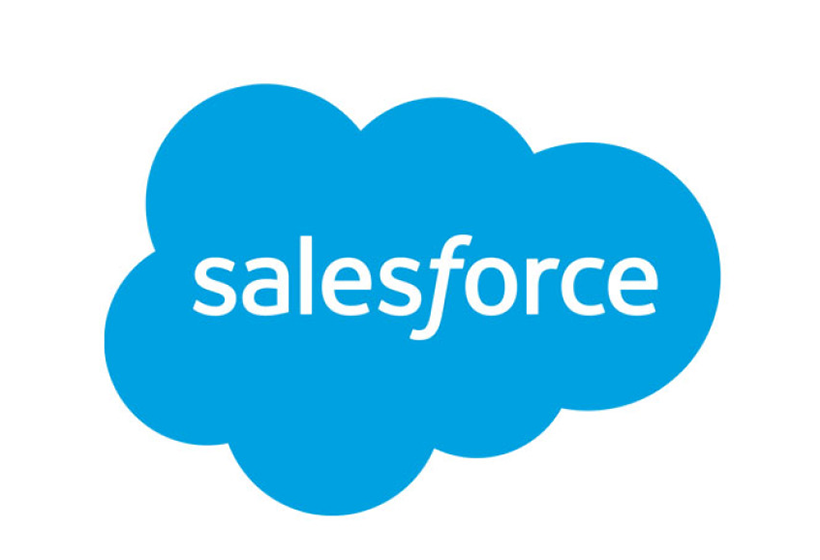
Salesforce integrations
How easy it would be if organizations only needed one system. But let’s face it: organizations have a plethora of systems for various purposes. Moreover, these systems don’t always speak the same language.
Through integrations, all these systems speaking different languages and hailing from different eras can finally start communicating with each other. This means there’s no need to record the same information multiple times, dig it out from various systems, or shuffle it from one system to another.
Through integrations, we can extend the lifespan of old systems and automate various processes while simultaneously freeing up employees’ time from routines for productive work. Integrations also ensure that the ravages of time don’t deteriorate the quality of data.
Salesforce already offers a wealth of integration capabilities and an abundance of pre-built interface implementations, or connectors. Yet, in certain situations, a custom-made integration between systems must be crafted. We’ve got a wealth of experience not just in leveraging ready-made solutions but also in building custom integrations. Point-to-point, REST, and SOAP – all implementation options are within our repertoire.
How can we help?
Do you want to make different systems work seamlessly together?
We can help make it happen.
Mulesoft
MuleSoft is a cloud-based integration platform owned by Salesforce, boasting a wide array of ready-made API implementations, or connectors. By leveraging these connectors, you can swiftly build integrations into common systems, such as ERP systems, for instance.
Heroku
Heroku is an application development platform that allows for cost-effective and versatile implementation of various integration solutions, all following the low-code principle.
Legacy systems
Organizations often use ancient systems, that are difficult to maintain. Finding experts for these legacy systems is like looking for a needle in a haystack, but the idea of replacing a system that has served faithfully for years can also seem daunting. Often, the only way to get new systems to communicate with these legacy systems is to build an integration between them.
The most typical challenges with integrations
Building integrations is expensive
Common perception of integrations coming with a hefty price tag is partially true, but leveraging modern integration platforms and ready-made solutions has significantly accelerated and simplified the construction of integrations. Thus making them cheaper to build.
Understanding the whole IT architecture is often overlooked
In an ideal situation, a company would have its own IT architect, someone who understands the entire landscape of the company’s tech solutions and can evaluate when and how to implement integrations. Unfortunately, this isn’t often the case, so it’s crucial for a company to ensure that their technology partner possesses the necessary architectural expertise to oversee the whole picture.
Data is fragmented and resides in multiple systems
Through integrations, all the business critical Master Data can effortlessly be shared from one system to all the others. This way, for example, all the customer information could be housed in Salesforce, yet still be accessible for other systems.
Frequently asked questions
Integration is worth implementing when it significantly eases a business process. For instance, if previously the same data had to be manually entered into several systems, then through integration, a substantial number of work hours can be saved from unnecessary effort.
Certainly. We very rarely come across a situation where an integration cannot be built for one reason or another. Once we get a peek under the hood, we can assess how to best implement the integrations.
Contact us
Do you want to make sure that all the systems you use are working together seamlessly?